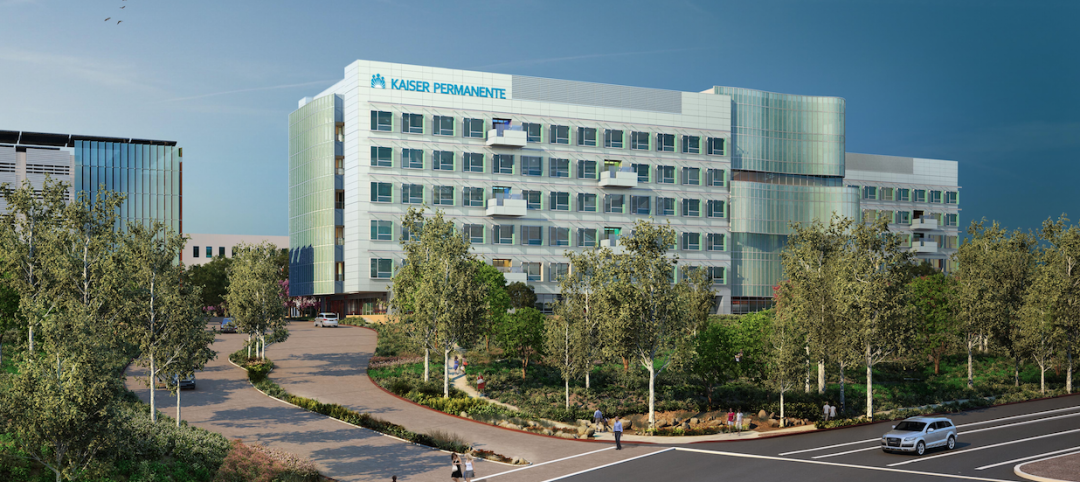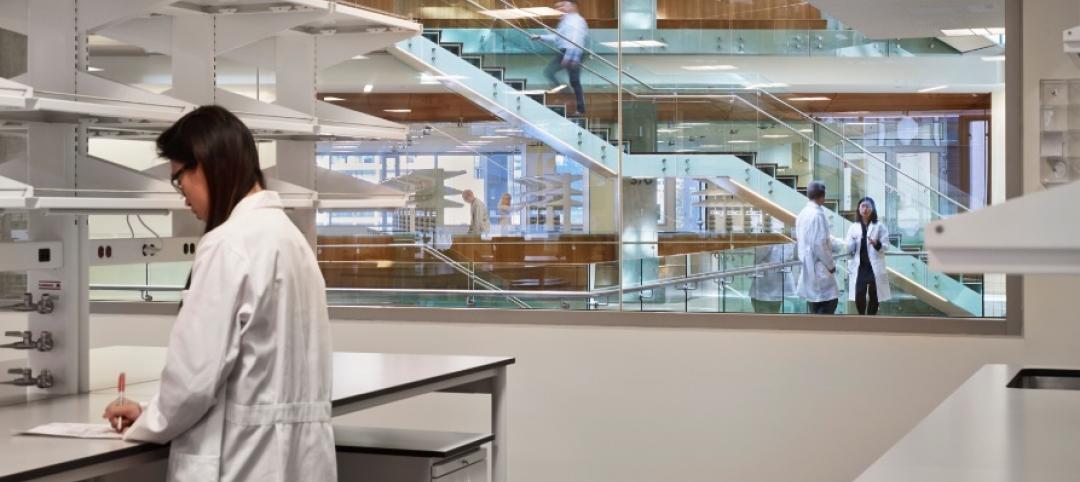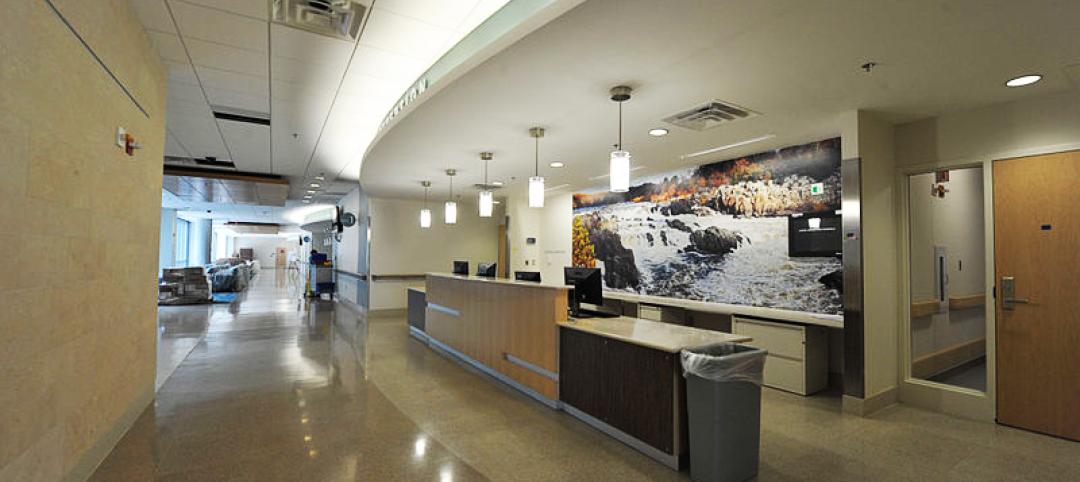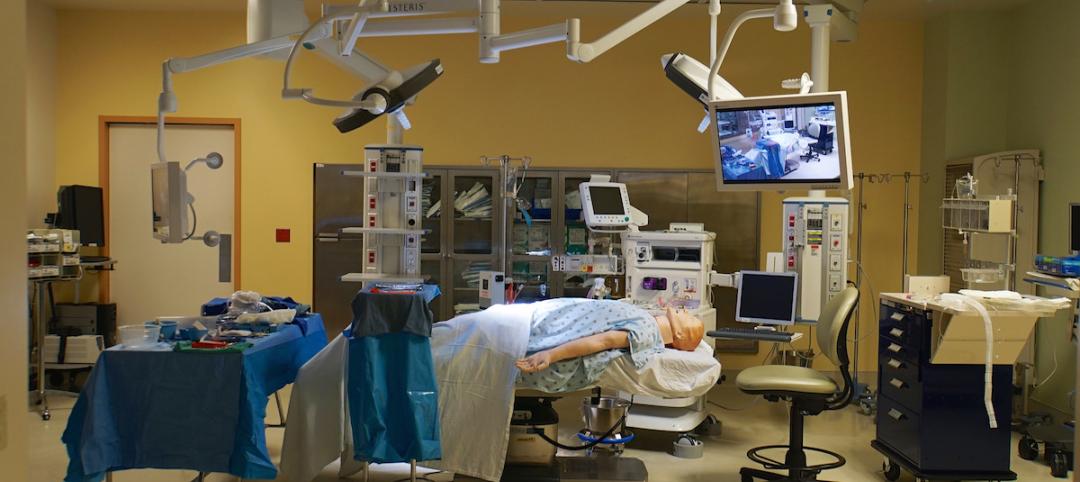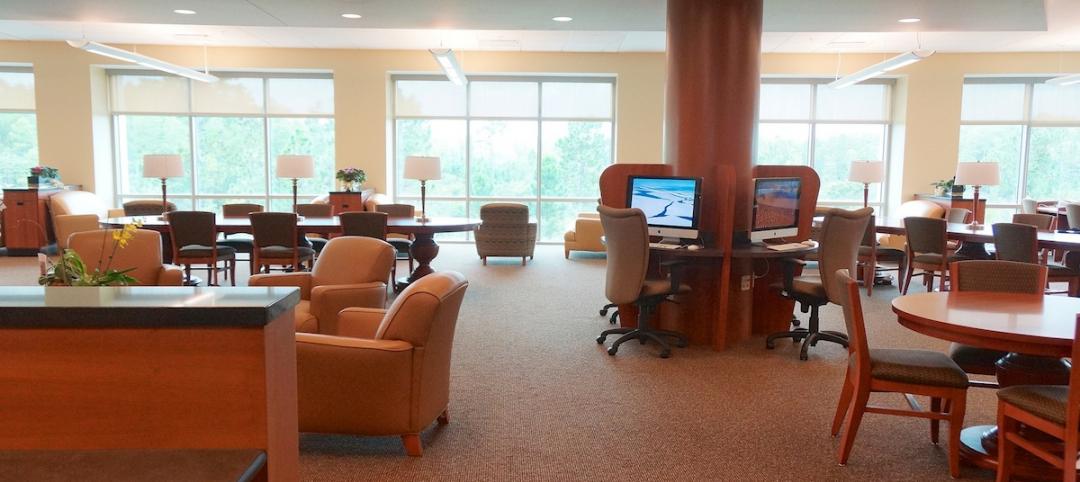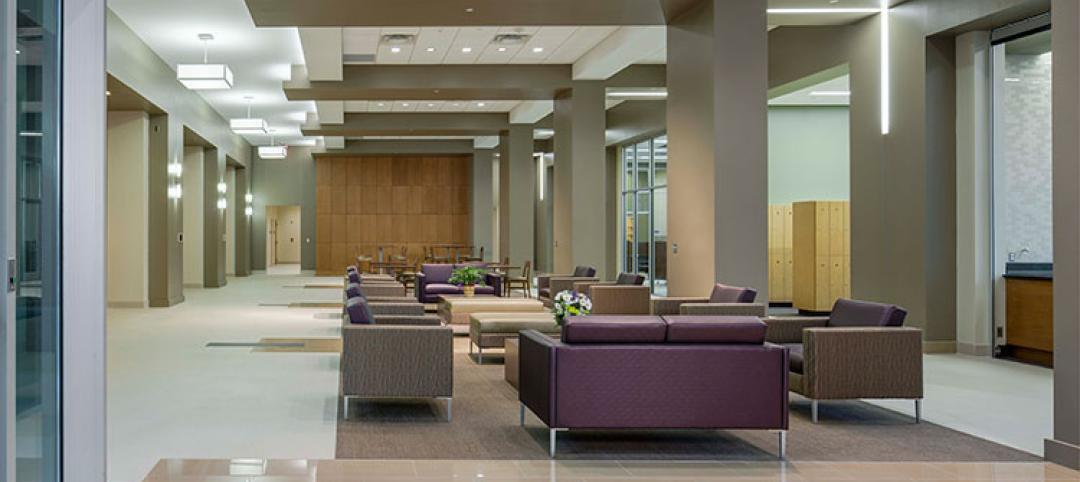Today, more than 40 million American adults suffer from a mental-health condition, and half of all chronic mental illness begins by the age of 14. Despite these overwhelming statistics, the negative stigmas associated with mental illness, combined with a scarcity of clinicians and facilities, resulted in over half of those with behavioral health conditions forgoing treatment last year.
This population is among the most marginalized in the U.S. healthcare system, but we are seeing more and better in- and out-patient and research facilities coming on line every day. What we know from recent post-occupancy evaluations and working closely with clinical staff is the critical role that design plays in removing the stigma associated with psychiatric care, normalizing the care environment, and improving patient outcomes.
Here are five ways design is transforming behavioral healthcare:
1. Transparency fosters de-stigmatization. Behavioral health clinics and institutions have long been shrouded in secrecy, perpetuating a notion that it’s shameful to receive psychiatric care.
‘The negative stigmas associated with mental illness, combined with a scarcity of clinicians and facilities, resulted in over half of behavioral health conditions forgoing treatment last year.’
— Kari Thorsen, NCIDQ, LEED AP, ZGF
For outpatients, design changes like locating the waiting room in a central corridor can send a strong message that the patient is valued and that there’s no difference between walking into a psychiatric building and any other medical building where patients are at the center of the care experience.
For example, at the University of California, San Francisco (UCSF) Child, Teen & Family Center and Department of Psychiatry Building, patient waiting rooms are located adjacent to the central atrium in a highly visible corridor.
2. Materials that evoke comfort. Behavioral and mental health facilities are often associated with institutional elements such as sterile white walls, endless linoleum hallways, and glass partitions. Conjuring images of “One Flew Over the Cuckoo’s Nest” is not uncommon.
A recent post-occupancy evaluation at the renovated Swedish Medical Center-Ballard’s Behavioral Health Unit (BHU) in Seattle found that the use of engaging colors and textures in the communal spaces are perceived as soothing and linked to positive patient experiences.
To further de-stigmatize the unit’s physical environment, existing structural columns were transformed with glass tile that feature colors and textures evoking the natural environment of the Pacific Northwest. This marks a departure from the design of older behavioral units, where columns were often wrapped in concrete and painted, leaving grooves, steel housings, and fixtures exposed.
Incorporating the use of wood, fabrics, wall coverings, and even ceramic tile—all familiar materials found in homes—into the design of inpatient and outpatient facilities can support feelings of comfort and sophistication.
3. Circadian lighting regulates calming. A growing body of research shows that tunable LED lighting—also known as circadian lighting—can support positive behaviors outcomes in settings ranging from healthcare to education. The POE findings at BHU revealed that circadian lighting in the unit’s common areas had a calming effect on patients.
This is particularly noteworthy because the unit was built within two existing hospital floors that receive little natural daylight. The circadian lighting helps synchronize patients’ natural sleep-wake rhythms, marking the passage of time and providing a sense of calm as the day winds down.
4. Naturescapes reduce anxiety. Design interventions that expose occupants to natural daylight and nature themes can reduce anxiety while also supporting an environment of safety and normalcy. At UCSF, environmental graphics referencing tree roots that grow and intertwine like neurons in the brain are intended to spur optimism and curiosity in patients that range from child to adult.
5. Design supports safety. Unlike other inpatient settings, behavioral health patients spend considerable time in commons areas with other patients and staff. Designing for visibility in corridors, common areas, group rooms, and activity rooms supports safety—as can designing for interventions that place barriers between patients and staff. At Swedish Ballard, a custom-milled, solid-surface reception desk functions as an art installation, but doubles as a barrier between patients and staff when needed.
Related Stories
Healthcare Facilities | Dec 29, 2015
Wood materials aid in patient recovery in healthcare environments
Report says patient recovery times, pain perception, stress levels improve where natural materials are present.
Healthcare Facilities | Dec 15, 2015
What the Bipartisan Budget Act of 2015 means for healthcare real estate development
CBRE Healthcare's Charles Maggio breaks down the impacts of the new legislation, which affects outpatient facilities.
Greenbuild Report | Dec 10, 2015
Sustainable performance: Hospital systems’ new financial and marketing imperative
Several years ago, the healthcare industry would have ranked in the bottom tier among adopters of sustainable design and construction. Now, it is outpacing other nonresidential sectors in moving toward high-performance, healthy environments.
Healthcare Facilities | Dec 2, 2015
Check out Perkins+Will’s ultra-transparent research center for the Allen Institute for Brain Science
The design orients labs like flower petals around a large light-filled central atrium; the effect is like the inside of a bee hive where researchers can see each other and what they are doing.
Healthcare Facilities | Nov 6, 2015
Paint company unveils product that can kill bacteria in hospitals
The new product from Sherwin-Williams, called Paint Shield, is said to not only kill over 99.9% of dangerous bacteria, but also reduces growth of “common microbes.”
Healthcare Facilities | Nov 4, 2015
Hospital designers get the scoop on the role of innovation in healthcare
“Innovation” was the byword as 175 healthcare designers gathered in Chicago for the American College of Healthcare Architects/AIA Academy of Architecture for Health Summer Leadership Summit.
Healthcare Facilities | Nov 2, 2015
Final funding comes through to complete over-budget and behind-schedule Denver VA Medical Center
The Department of Veterans Affairs, cited for its mismanagement, is stripped of control over future major construction.
Healthcare Facilities | Oct 23, 2015
Mortenson study: Healthcare providers optimistic, but want changes to Affordable Care Act
The 2015 Mortenson Healthcare Industry Study found that 76% of providers are at least optimistic about the future of healthcare, but eight out of 10 would like to see changes made to ACA.
Healthcare Facilities | Sep 29, 2015
The ever changing physician real estate market
In the United States, the environment where outpatient healthcare is being delivered is as dynamic and diverse as the more high profile office and retail markets, writes CBRE Healthcare's Nelson Udstuen.
Healthcare Facilities | Sep 21, 2015
5 reasons healthcare organizations are implementing finish standards on construction projects
The desire for improved patient satisfaction, staff retention, and turn-key maintenance are among the top reasons more healthcare groups are implementing finish standards in their spaces, according to VOA Associates' Lauren Andrysiak.





